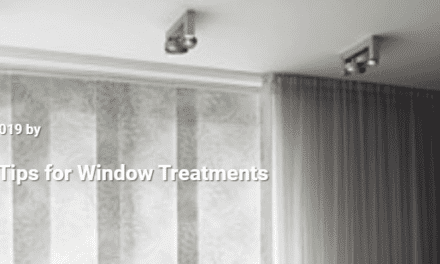When you are selling your home, it is worth getting a building inspection. Here’s why.
If you are going to invest in anything in regards to buying your home, it would have to be a building inspection. Similar to a car, you wouldn’t go buy a $60,000 car without having your mechanic by your side checking out all of the things that you wouldn’t know to look for. Your mechanic will be able to tell you that even though the seller has provided a road worthy certificate, it turns out that the car have been in an accident or may need some major work in the not too distant future. This works exactly the same for building inspections.
While it may not be the intention to deceive the buyer, sometimes the seller doesn’t actually notice things that are wrong with the house
- Electrical work on the property i.e. faulty wiring, old and frayed cables
- Plumbing and drainage conditions i.e. water pressure, rattling noise in pipes
- Windows and doors i.e. are there gaps that allow for heat to escape and cost you potential thousands in bills?
- Fittings and fixtures within the home i.e. an overeager seller might install some DIY fixtures without checking if it’s actually strong enough to hold anything for than a picture frame
- All joinery i.e. kitchen cabinets, cupboards, etc
- Walls and the issues of hidden mould and possible degradation of structure
- Under floor space and the issue of hidden mould and squeaky floor boards
- Roof and roof space i.e. can the roof space hold more than a couple of boxes? Is it well insulated? Is the tiling on the roof clean and free of mould?
- Driveways i.e. uneven slopes, potential hazards
- Outbuildings i.e. the risk of sheds not being built professionally and possibly collapsing
- Guttering and downpipes i.e. easy to overlook gutters and downpipes that are old and leaking or causing blockages
While a building inspection may be a little expensive, it will never be as expensive as having to deal with an unexpected hole in the roof that has been leaking water onto your ceiling causing a large patch of unsightly mould. Building inspectors are not here to estimate the cost of repairing these issues, they are only here to report on major issues that are currently causing a problem or will cause a problem down the line.
Building inspections are carried out by qualified, accredited, licensed, and insured building inspectors. Building inspectors adhere to Australian Standards such as Australian Standard 4349 and conduct themselves in the most professional manner. Similar to a car report, the building inspection report you receive should be written in easy to understand plain English – free of jargon – and contains all of the information as stated above.
It’s important to get a quote first as well as an estimate of how long the inspection will take, typically a standard size home should take roughly four hours. While buyers can elect to have a building inspected, sellers are not obliged to give buyers their own inspection reports – but it’s good to have one, as a seller, as it will give you peace of mind that there will be no unexpected problems popping up that you have to solve.
Next Address allows you to elect to have a building inspection as a condition of your Offer to Purchase document. (Read the Offer to Purchase blog for an example.)
Not only will getting an inspection protect you from experiencing unexpected problems further down the track, but it could also save you hundreds of thousands of dollars in the long run. For example, if you find out that the home you are looking at purchasing has a massive mould problem in the bathroom that would require thousands of dollars to fix – you would probably choose to pass up on the house and rather opt for one that has less issues.






